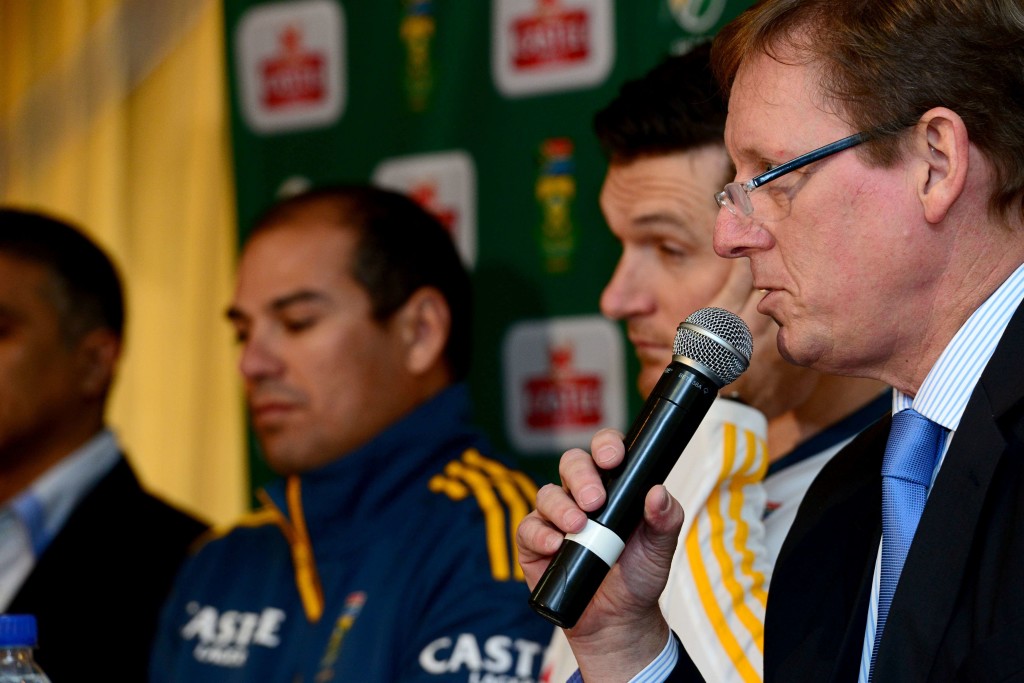Ryan McLaren, Imran Tahir and Kagiso Rabada went out and Marchant de Lange, David Wiese and Robin Peterson came in – and I don’t know what we were looking to achieve.
The Aussies followed a certain pattern in selection for all three games of the series. In international cricket, against Australia especially, South Africa must play the best XI. We probably shouldn’t have rested as many players as we did in the squad to begin with. Whoever rested less first-choice players was probably going to win – and that’s what happened in the end.
But now we move onto the ODI series. It will be a substantial difference – 30 overs more side. A guy like Hashim Amla becomes key because he is more suited to this format. I think he maybe gets caught short in T20I cricket, but in 50 overs per side he scores quickly enough. With AB de Villiers and the normal line-up back, it will be good. For the bowling attack, with Dale Steyn, Vernon Philander and Morne Morkel back, it will make a huge difference. Robin Peterson, too, is probably going to get an extended run now.
What is going to be nice to see some more of is the bigger outfields in Australia. A lot of batsmen are getting caught short of the boundary. You have to hit a really good shot to get it over the ropes. Compared to some of the hitting on the smaller fields in the sub-continent, in Australia you really have to get it right to beat the fielder. I’m enjoying the extra pace, the extra bounce and the bigger fields in Australia. You don’t want to see bowlers getting knocked all over the place. Spinners come into play more, too.
As far as the subject of our death bowling goes, it is always a bit of a mystery. I listened to a talk from Paddy Upton recently. He was talking about the bowling at the death of the innings and how bowling full and outside the off-stump seems to be the better line to go with. The Proteas attack falls short, though, on occasion.
Steyn is okay but Morkel tends to go for a lot of runs at the end and is not really getting it right. I think to bowl full and outside the off-stump, stretching it a bit, it limits the batsmen, who are forced to play on the off-side only – that’s the way to go. Kyle Abbott is a fine death bowler. He is coming along well. He is a tall guy and the extra bounce he finds makes a big difference.
But he is probably still not going to get selected ahead of McLaren in the ODIs – unless they want an extra seamer. McLaren’s batting is a big factor and he is a good fielder. There is not much between the two guys in their bowling, so they will probably go with the all-round ability of McLaren.
Wayne Parnell has been a bit up and down. Having the variation – left-arm from over the wicket – can make a difference. Historically, though, unless you have a very good pace variation, left-arm seamers give batsmen too much width. They tend to travel for more runs than the right-armers. Australia’s James Faulkner, however, gets away with it – because he has very good variations in pace.
Meanwhile, I have been concerned at some of the chopping and changing of positions in the batting order. Guys like JP Duminy and David Miller need to be facing more deliveries than they are currently doing. The batting order doesn’t make sense at times – and in some ways you have to have the best batsmen coming in higher. Duminy paces himself well while batting, so he is going to be missed a lot after picking up an injury and being ruled out of the whole ODI series.
Farhaan Behardien has been named as the replacement in the squad, but I think Rilee Rossouw is a better bet than Farhaan in the final XI. Rilee has the better confidence – and is probably a better hitter of the ball. I would give him the opportunity, as another left-hander in the order. They must mix the left-handers with the right-handers. Umpires are very strict in calling leg-side wides these days, so a left- and right-hand hand combination at the crease can provide a big challenge for the opposition bowlers.
Photo: Backpagepix







